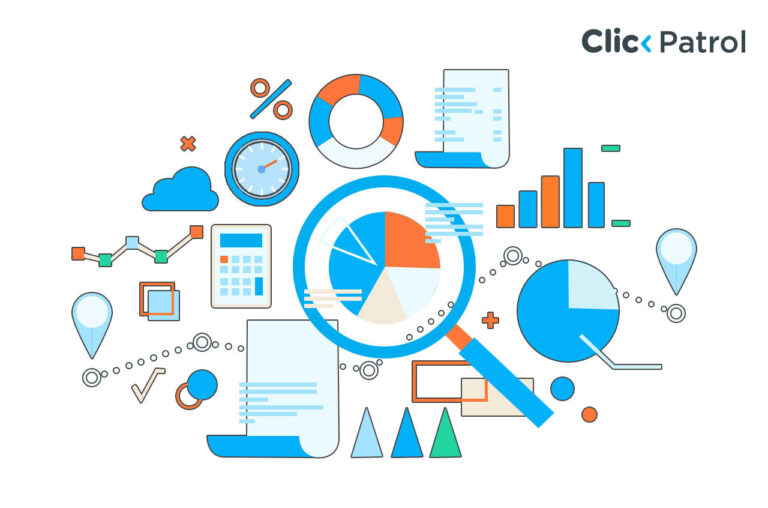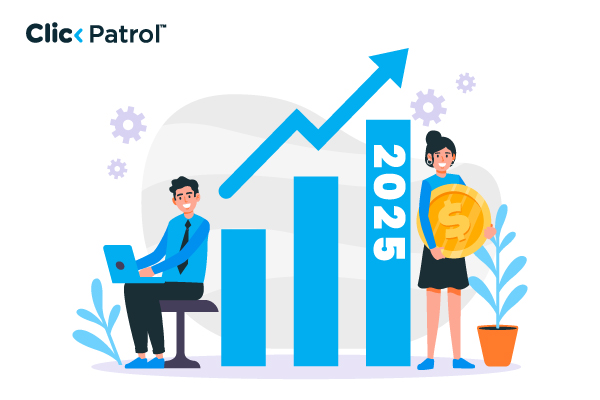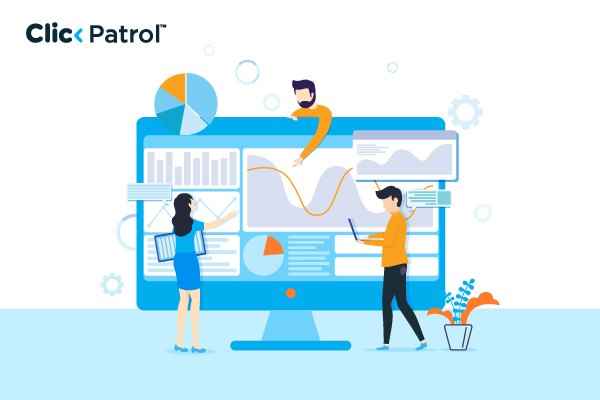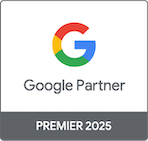
Mastering Google Discovery Ads: Boost visibility and drive conversions in 2025
Abisola Tanzako | Aug 18, 2025

Table of Contents
- What are Google Discovery Ads?
- Top tools to optimize discovery Ad campaigns
- 1. Google Ads Audience Insights
- 2. Google Analytics (GA4)
- 3. Google Ads creative studio
- 4. A/B Testing tools (e.g., Google Ads Experiments)
- 5. Performance planner (Google Ads)
- 6. Third-party creative analytics tools (e.g., Canva Pro, Creatopy)
- 7. Conversion tracking and enhanced conversions
- Key statistics on Google Discovery Ads
- Effective strategies for Google Discovery Ads in 2025
- 1. Invest in high-quality visuals
- 2. Leverage precise audience targeting
- 3. Optimize for mobile experiences
- 4. Utilize AI-powered bidding
- 5. Track and analyze performance
- Challenges of Google Discovery Ads
- Overcoming common challenges
- Maximizing impact with Google Discovery Ads
- FAQs
Google Discovery Ads are a strong tool for brands to reach users when they passively browse platforms like the Google Discover feed, YouTube, and Gmail.
These visually engaging ads blend seamlessly into users’ feeds and use machine learning to tailor content based on interests and behavior.
Unlike traditional search ads, Discovery Ads focus on brand awareness and conversions through immersive, non-disruptive experiences.
Their impact is reflected in Google’s $305.63 billion ad revenue in 2023, with Discovery Ads playing a key role. Discovery ads reach up to 3 billion users across Google properties.
This article discusses how they work, their significance, and the challenges they face.
What are Google Discovery Ads?
Google Discovery Ads are a fully immersive, visually compelling ad format that enables advertisers to target users within three of Google’s most-used platforms:
Google Discover feed, YouTube, and Gmail. These ads are customized based on the user’s interests and read by Google AI,
which operates on search data, app use activity, and browsing patterns.
Key features of Google Discovery Ads include:
1. Visually rich creatives: The ad is primarily done through superior-quality videos or images, which can be swiped as a carousel where numerous brands or products are presented.
2. Advanced audience targeting: Options such as affinity audience, in-market audience, or custom segments enable advertisers to target particular users.
3. Expansive reach: Discovery Ads offer comprehensive visibility to over 3 billion monthly active users across Google’s ecosystem.
Top tools to optimize discovery Ad campaigns
Top tools to optimize discovery Ad campaigns include:
1. Google Ads Audience Insights
- Helps you understand who’s interacting with your ads.
- Use it to refine audience segments and create more relevant messaging.
2. Google Analytics (GA4)
- Tracks user behavior on your site after clicking Discovery ads.
- Use insights to optimize landing pages, CTAs, and audience targeting.
3. Google Ads creative studio
- Helps generate and test multiple creative variations.
- Useful for tailoring visuals and messages to different audience segments.
4. A/B Testing tools (e.g., Google Ads Experiments)
- Run split tests on headlines, images, and audience combinations.
- Helps determine what elements drive better engagement and conversions.
5. Performance planner (Google Ads)
- Predicts future campaign performance based on budget and bid changes.
- Great for planning and reallocating budget to high-performing segments.
6. Third-party creative analytics tools (e.g., Canva Pro, Creatopy)
- Design tools that also offer engagement analytics.
- Use them to create optimized ad creatives tailored to Google’s Discovery format.
7. Conversion tracking and enhanced conversions
- Enables you to track leads, sales, or signups tied to your Discovery ads.
- Helps you measure actual performance and optimize for better results.
Key statistics on Google Discovery Ads
To learn more about the effect of Google Discovery Ads, we will look at a few statistics:
1. Increased Ad revenue: According to Statista, YouTube ad revenue, one of the primary platforms
associated with Discovery Ads, was estimated at $31.51 billion in 2023; it increased by 14.72% to
reach $36.15 billion in 2024.
2. Consumer behavior: About 63% of users learn about new products through Google feeds, and
91% take action (i.e., go to one of the websites or make a purchase) after being exposed to one of the Discovery Ads.
Effective strategies for Google Discovery Ads in 2025
There are five practical methods to maximize the return on investment (ROI) of your Google Discovery Ads campaigns:
1. Invest in high-quality visuals
The effectiveness of Discovery Ads depends on engaging visuals. To connect with your audience, present your products or brand narrative using a high-resolution image or a short, engaging video.
Tip: Use carousel ads to highlight several items or features, and ensure that the images fit your brand aesthetic.
2. Leverage precise audience targeting
Google’s targeting options, such as affinity, in-market, and lookalike audiences, can help the advertiser reach users with a high purchase probability.
Your reach can also be fine-tuned by adding these to custom intent audiences. According to Google, advertisers who treat their audience with first-class creatives achieve 16% more conversions when combining Discovery Ads with a Display or Video campaign.
Tip: Employ A/B testing, optimizing which audience segments perform best, and targeting accordingly using performance data.
3. Optimize for mobile experiences
Mobile devices account for 61.9% of all Google Ads clicks, so optimizing them is essential.
Ensure that your landing pages load quickly, have a clear call-to-action (CTA), and are easy to navigate on mobile devices.
Tip: Use Google Web to App Connect to increase the number of app installs directly with Discovery Ads and optimize mobile conversion.
4. Utilize AI-powered bidding
Google’s Smart Bidding strategies, Target CPA, and Maximize Conversions utilize AI to maximize the delivery of ads in real-time.
According to research conducted in 2024, with the increased automation, the median cost per acquisition (CPA) was lowered by 60% for advertisers who used optimized targeting.
Tip: Make sure your campaign’s budget is at least 15x the desired CPA so Google AI can optimize Google Ads.
5. Track and analyze performance
Use conversion tracking to monitor essential activities such as purchases, memberships, or visits.
As the campaigns shift to demand gen in 2025, product-level reporting can reveal in-depth information about which products generate the most engagement.
Tip: Connect Google Analytics 4 to measure your performance across different channels and optimize your strategy using data.
Challenges of Google Discovery Ads
Although Google Discovery Ads are extremely promising, several challenges might be faced by advertisers and thus affect the success of their campaigns:
1. Ad approval delays: Ads flagged as eligible (limited) can be delayed in getting their campaigns launched due to factors such as
implied interactivity or non-adherence to advertising policies as set by Google.
2. Budget limitations: Google AI will need sufficient budget to optimize ad delivery to its best capacity; otherwise, it will perform
poorly. Low budgets limit the algorithm’s ability to test and optimize audience targeting.
3. Creative fatigue: With time, users may get used to seeing the same ad creatives, and hence, engagement and click-through may
drop. This is especially true for viewers who have repeatedly seen the same messages or pictures.
4. Complex targeting setup: Google’s advanced targeting options, including in-market or affinity audiences, may overwhelm new
advertisers and result in poorly optimized campaigns.
5. Performance measurement: Without adequate conversion tracking or analytics integration, it can be quite tough to objectively
gauge the actual ROI of Discovery Ads, so it may prove difficult to justify ad expenditures.
Overcoming common challenges
Here are some solutions to the challenges mentioned above to make the campaign successful:
1. Ad approval issues: Attention to Google’s advertising policies and create ads without problems,
such as implied interactivity. Make sure that all creatives adhere to the guidelines to hasten approval.
2. Budget constraints: Google suggests that target CPA bidding should use budgets at least 15 times the target CPA,
to gather sufficient data for optimization.
3. Creative fatigue: Refreshing the ad creative by regularly adding a new headline, image, or video to keep users interested.
Plan creative changes once every 4-6 weeks to avoid burnout.
4. Set up intricate targeting: Begin with a more general group of audiences and narrow them down as you collect performance
data. Google can use the audience insights to determine high-performing segments.
5. Performance measurement: To accurately measure ROI, use conversion tracking and incorporate Google Analytics 4 to track
vital metrics such as purchases, sign-ups, or site visits.
Maximizing impact with Google Discovery Ads
Google Discovery Ads can help a brand reach out to its audience and capture them at a moment of discovery.
With mobile usage on the rise and users increasingly favoring visual content, Discovery Ads will transform the world of digital ads in 2025.
Marketers can remain ahead of the competition and maximize their campaigns by prioritizing the challenges mentioned in this guide and implementing the techniques mentioned.
Get started with your exploration of Google Discovery Ads to reach their full potential in promoting meaningful outcomes within your business.
FAQs
Q.1 What is the effectiveness of Google Discovery Ads?
Very effective. Most people find new products through Google feeds and act after exposure to Discovery Ads.
Seer Interactive’s average cost per lead is 74% cheaper than display ads and YouTube, resulting in 58,000 email sign-ups in 2021.
Q. 2 How much does Google Discovery Ads cost in terms of ROI?
According to Google’s estimates, their ad formats, including the Discovery Ad, can bring an ROI of 800%.
Ted Baker’s 2020 campaign resulted in 70% revenue growth and a 62% ROAS lift.
Q. 3 What are the differences between other ad types and Discovery Ads?
Generally, Discovery Ads are usually high-performing, and a Seer Interactive campaign reports 84% more
conversions per dollar compared to YouTube and 154% compared to Display.





